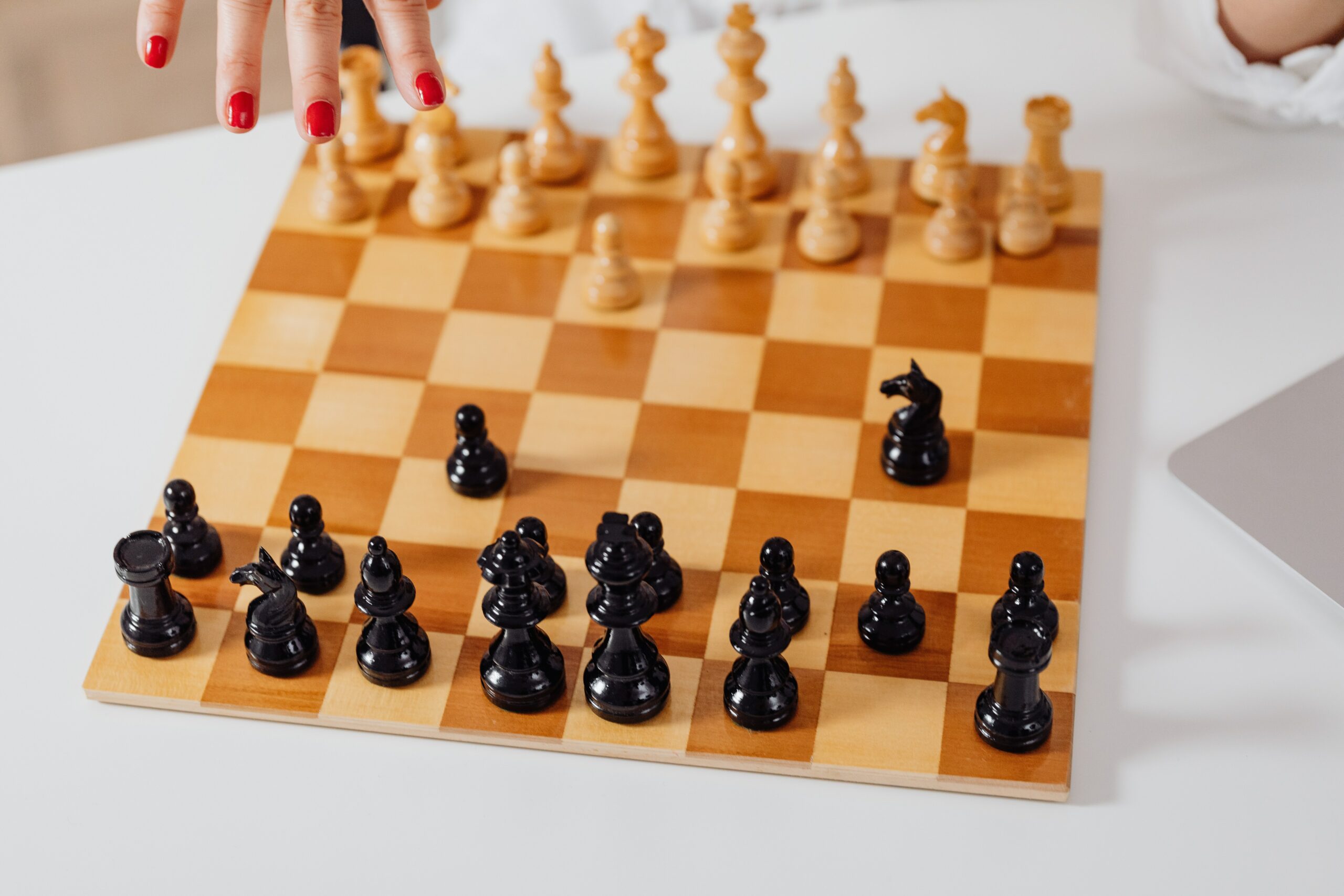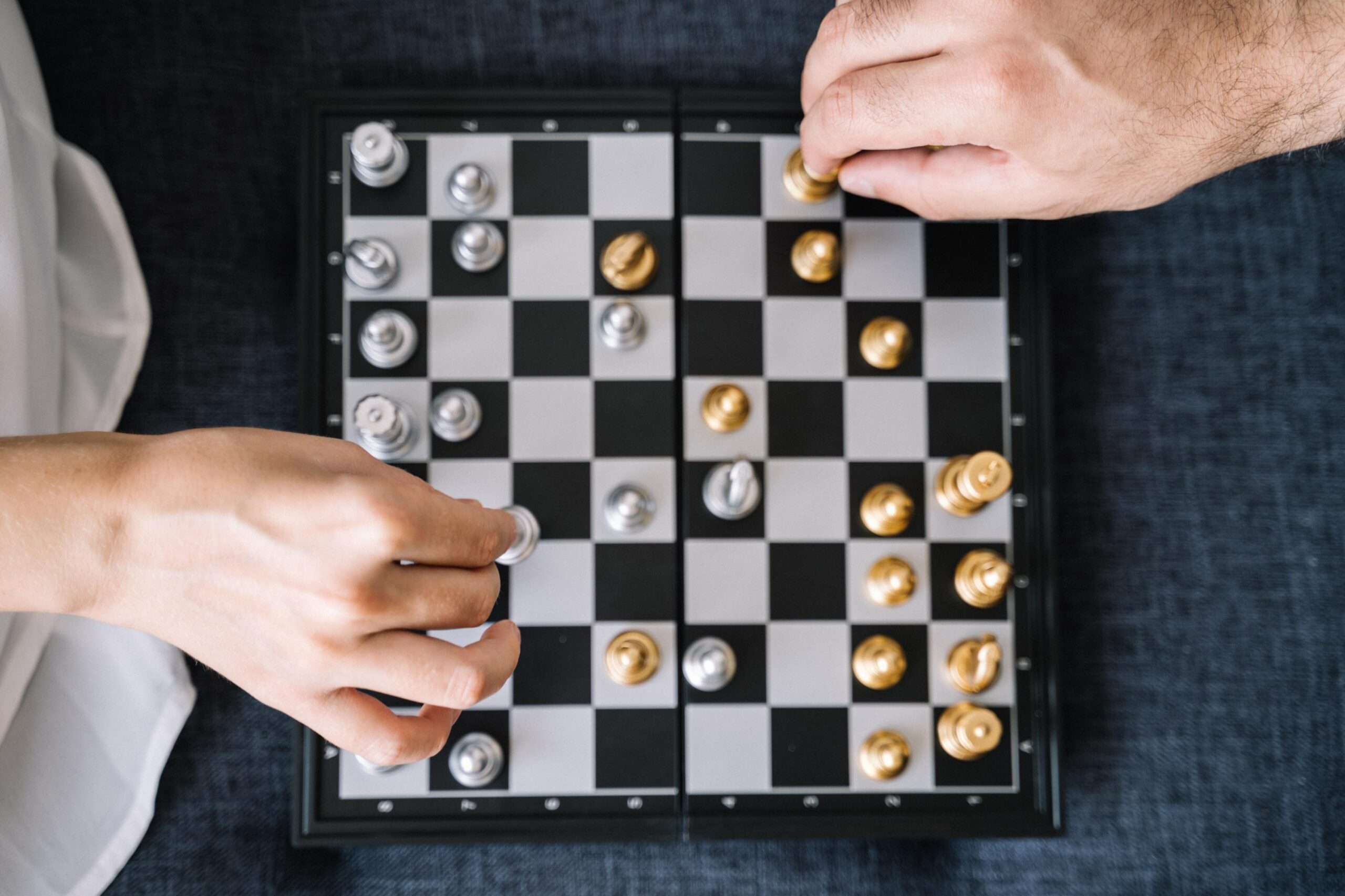Welcome to the fascinating realm of chess openings, where the battle for control of the board begins. Learning chess openings is an essential step in developing a solid foundation in the game, providing you with a strategic edge and setting the stage for success in subsequent stages of play.
Chess openings, often likened to the initial moves of a symphony, lay the groundwork for the intricate and dynamic interplay that unfolds on the 64 squares. They shape the trajectory of the game, influence pawn structure, and determine the early control and development of key pieces.
In this guide, we embark on a journey to demystify the art of learning chess openings. We will delve into the essential concepts, principles, and strategies that govern this critical phase of the game. From understanding the purpose behind opening moves to studying specific opening variations, we will equip you with the tools needed to navigate the rich tapestry of chess openings.
Why Are Chess Openings Important for Your Game?
Chess openings play a crucial role in shaping the trajectory of a game and setting the foundation for future middlegame and endgame positions. The opening phase establishes the initial pawn structure, determines piece placement and coordination, and influences the strategic and tactical possibilities that will unfold later on.
By understanding and mastering chess openings, players gain several advantages. They can secure a solid and harmonious development of their pieces, control the center of the board, and create a framework for their overall strategy. Furthermore, studying openings enhances a player’s ability to recognize patterns, understand typical plans and ideas associated with specific openings, and make informed decisions during the early stages of a game.
A strong foundation in openings not only improves a player’s positional understanding but also provides a competitive edge by capitalizing on the accumulated wisdom of generations of chess players.
What Are the Fundamental Principles of Chess Openings?
The fundamental principles of chess openings serve as guidelines to make optimal moves during the initial phase of the game. These principles are based on the idea of establishing a harmonious and active position. Key principles include controlling the center of the board, developing pieces efficiently, maintaining pawn structure integrity, prioritizing king safety, and coordinating the pieces to work together.
Controlling the center involves placing pawns and pieces in the central squares, which provides greater mobility and influence over the board. Effective piece development focuses on bringing knights and bishops out to active squares while connecting the rooks and castling to ensure the safety of the king. Maintaining pawn structure integrity involves avoiding unnecessary pawn moves that may weaken the position or create weaknesses. By adhering to these fundamental principles, players can establish a strong foundation for their game and increase their chances of success.

How to Approach the Study of Chess Openings?
Approaching the study of chess openings requires a systematic and organized approach. It is essential to have a solid understanding of the fundamental principles and concepts underlying openings. Beginning with general principles, players can then delve into specific opening variations, studying the key moves, ideas, and typical middlegame plans associated with each opening.
It is advisable to study a variety of openings to gain exposure to different pawn structures, strategic themes, and tactical motifs. Learning from well-annotated games, books, and online resources, and analyzing one’s own games can provide valuable insights. It is important to combine theory with practical play by incorporating the studied openings into actual games and analyzing the results. Regular practice, studying master games, and seeking guidance from experienced players or coaches can accelerate the learning process and improve one’s opening repertoire.
Are There Different Types of Chess Openings?
Yes, there are different types of chess openings that reflect diverse strategic approaches and offer a range of possibilities for players. Openings can be classified based on their pawn structures, move orders, or strategic aims. For example, open games are characterized by 1.e4 e5 openings, leading to symmetrical pawn structures and an emphasis on central control. Closed games, on the other hand, involve pawn structures with more restricted pawn breaks and emphasize strategic maneuvering.
Semi-open games arise from 1.e4 openings followed by Black’s response that differs from 1…e5. Hypermodern openings, such as the Nimzo-Indian Defense or the Grunfeld Defense, focus on challenging central control and promoting dynamic piece play. Additionally, there are specific opening systems named after players, such as the Sicilian Defense or the Ruy Lopez, which have distinct strategic ideas and pawn structures. The classification and variety of openings provide players with flexibility in selecting a repertoire that aligns with their playing style and preferences.
How to Choose the Right Chess Openings for Your Style of Play?
Choosing the right chess openings for your style of play involves considering your strengths, preferences, and the types of positions you feel comfortable handling. Some players excel in tactical battles and prefer sharp, aggressive openings, while others may prefer strategic maneuvering and positional play.
Analyzing your games and identifying the types of positions where you perform well can provide insights into your playing style. It is also beneficial to study different openings, their typical plans, and the types of positions they lead to. Experimentation and experience are important in finding openings that suit your style. Seeking guidance from experienced players or coaches can also help in identifying openings that align with your strengths and provide a solid foundation for your game.

What Are the Most Popular Chess Openings?
The most popular chess openings can vary over time and depend on the current trends and preferences of players at different levels. However, some openings have consistently remained popular throughout chess history. The “Queen’s Gambit” and its various responses, the “Ruy Lopez,” the “Sicilian Defense,” and the “King’s Indian Defense” are among the most well-known and frequently played openings.
These openings have been extensively studied and analyzed by generations of players, and they continue to offer rich strategic and tactical possibilities. Other popular openings include the “French Defense,” the “Caro-Kann Defense,” and the “Giuoco Piano.” The popularity of specific openings can also be influenced by the success of top-level players who employ them in their games, further promoting their usage and study among chess enthusiasts.
| Chess Opening | Main Concepts | |
|---|---|---|
| 1 | Queen’s Gambit | Controlling the center, pawn structure, and piece development |
| 2 | Sicilian Defense | Counterattacking, tactical possibilities, and pawn structure dynamics |
| 3 | King’s Indian Defense | Dynamic pawn structure, piece activity, and attacking chances |
| 4 | Spanish Opening (Ruy-Lopez) | Central control, pawn structure, and balanced piece development |
| 5 | French Defense | Pawn structure, solid defense, and counterattacking opportunities |
How to Develop a Repertoire of Chess Openings?
Developing a repertoire of chess openings involves selecting a set of openings that you will study, practice, and incorporate into your games. Start by considering your playing style and preferences. Identify the types of positions and strategies you feel comfortable with and enjoy playing. Research different openings that align with your style and study their key ideas, plans, and typical variations.
It is advisable to focus on a few openings at a time to develop a deeper understanding rather than trying to learn too many openings simultaneously. Gradually expand your repertoire as you gain experience and confidence. Practice the selected openings through online games, friendly matches, or tournament play to familiarize yourself with their nuances and gain practical experience. Regularly review and update your repertoire to stay up to date with the latest opening theory and to refine your choices based on your evolving playing style.
Can You Modify Chess Openings to Suit Your Preferences?
Yes, it is possible to modify chess openings to suit your preferences and style of play. While openings have established moves and variations, there is often room for flexibility and customization. Once you have a good understanding of the basic principles and strategic ideas behind an opening, you can make subtle modifications to adapt it to your preferences.
This can include choosing different move orders, introducing strategic ideas from other openings, or deviating from established paths if you have analyzed alternative moves that suit your playing style. However, it is important to exercise caution and ensure that the modifications maintain the fundamental soundness of the opening and do not lead to positionally or tactically inferior positions. Experimentation, analysis, and consultation with experienced players or coaches can help you make informed modifications to openings that align better with your preferences.
What Are the Common Mistakes to Avoid in Chess Openings?
There are several common mistakes that players should be aware of and strive to avoid in chess openings. One common mistake is neglecting the basic opening principles, such as controlling the center, developing pieces efficiently, and ensuring king safety. Failing to adhere to these principles can lead to cramped positions, weak pawn structures, or vulnerable kings.
Another mistake is excessive pawn moves without a clear purpose, which can weaken the pawn structure and waste valuable development time. Premature piece advances or excessive piece exchanges in the opening can also be detrimental, as they can disrupt coordination or hinder future plans.
It is also important to be cautious of early tactical traps and avoid falling into known opening pitfalls. The regular study, analysis of master games, and learning from mistakes can help in identifying and rectifying these common mistakes, leading to stronger and more solid opening play.
How to Transition Smoothly from the Opening to the Middle Game?
The transition from the opening to the middle game is a critical phase in a chess game. To transition smoothly, it is important to have a clear understanding of the strategic ideas, typical pawn structures, and plans associated with your chosen opening. As you near the end of the opening, evaluate the resulting position and identify the key imbalances and immanent possibilities.
Look for opportunities to further develop your pieces, improve coordination, and strengthen your position. Start focusing on the middle-game concepts such as piece activity, pawn breaks, and long-term plans. Assess the strengths and weaknesses of both your position and your opponent’s position.
Identify the key squares, files, or diagonals that can become targets for your pieces. Keep an eye out for tactical opportunities and be ready to adjust your plans based on the changing dynamics of the position. A smooth transition from the opening to the middle game requires a combination of solid opening knowledge, positional understanding, and flexibility in adapting to the evolving nature of the position.

How to Analyze and Learn from Chess Opening Variations?
Analyzing and learning from chess opening variations is essential for improving your opening repertoire and understanding. Start by studying annotated games, books, or online resources that cover the specific openings you are interested in. Pay attention to the key moves, strategic ideas, typical plans, and common tactical motifs in each variation.
Analyze the games of strong players who have employed those openings to understand the practical nuances and decision-making involved. Use a chess engine or computer program to explore further variations and analyze critical positions. Practice playing the opening variations in online games or friendly matches to gain firsthand experience and identify areas for improvement. After playing games, review them to identify critical moments, mistakes, or missed opportunities.
Compare your moves with established theory or engine evaluations to gain insights into alternative or better moves. Discuss your analysis with experienced players or coaches to receive feedback and deepen your understanding. By actively analyzing and learning from opening variations, you can enhance your opening knowledge, improve your decision-making abilities, and develop a stronger understanding of the strategic and tactical intricacies of the openings you study.
Final Thoughts
Congratulations on completing our exploration of how to learn chess openings! By delving into the intricacies of opening moves, principles, and strategies, you have taken a significant step towards enhancing your chess skills and broadening your understanding of the game.
Throughout this guide, we have emphasized the importance of not only memorizing moves but also understanding the underlying concepts and ideas behind chess openings. Learning chess openings is a dynamic process that involves studying various systems, recognizing patterns, and developing a repertoire that suits your playing style.
By embracing the journey of learning chess openings, you have unlocked a world of strategic possibilities. The knowledge you have gained will serve as a solid foundation for making informed decisions, adapting to different positions, and capitalizing on opportunities presented on the chessboard.




